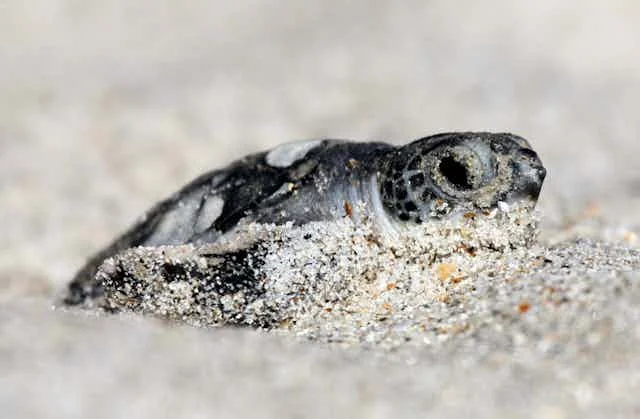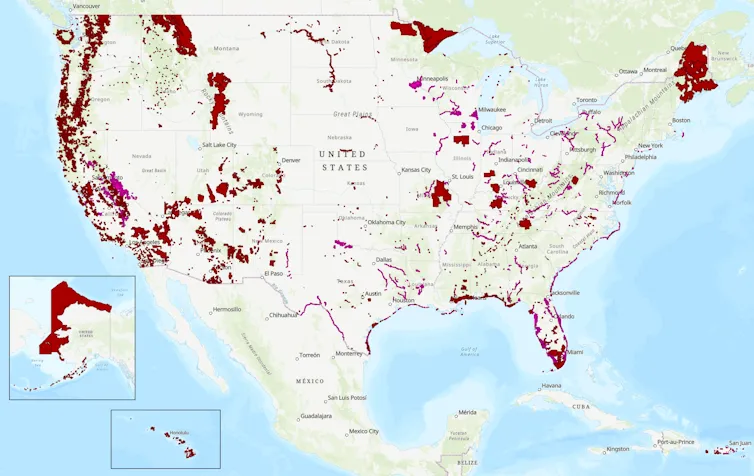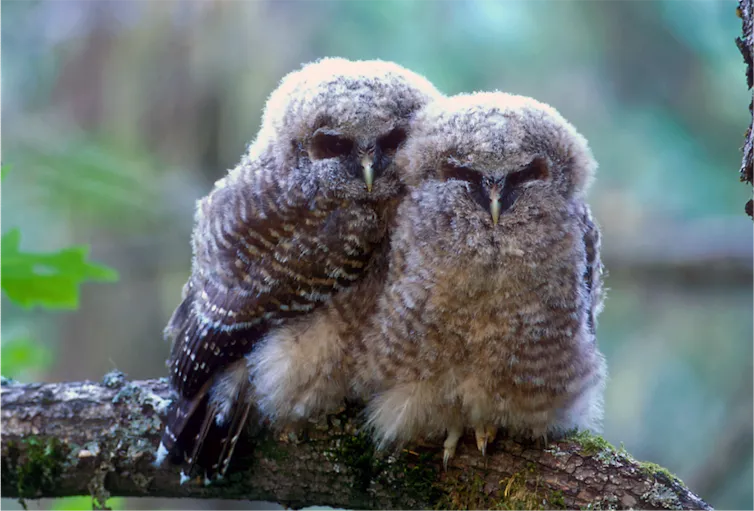
The Hidden Threat to Habitat and the Future of Endangered Species
In recent discussions surrounding wildlife protection, one significant proposal has emerged that could drastically transform the landscape for endangered species in the United States. The Trump administration's suggested alteration to the interpretation of a single word in the Endangered Species Act—“harm”—raises alarms among ecologists and conservationists alike. This change could potentially undermine vital habitat protections for numerous species on the brink of extinction.
For over five decades, the Endangered Species Act (ESA) has provided a framework to safeguard species from direct killing and habitat destruction. The current definition asserts that “harm” includes actions that destroy habitats essential for wildlife. However, the proposed modification aims to exclude habitat alteration, a move that critics argue would strip the Act of its essential protections.

This proposed change raises critical concerns regarding habitat protection, which remains the most crucial factor for the recovery of endangered species. A striking 81% of species listed as endangered face threats primarily due to habitat loss—a problem exacerbated by agricultural expansion, urban sprawl, and industrial development. The golden-cheeked warbler, for instance, has been suffering habitat loss in Texas as development spreads, highlighting the dire necessity of strong habitat protections.

Despite the clear objectives outlined by Congress, which aimed to ensure ecosystems that endangered species depend on could be conserved, proposals like this seem determined to dismantle those protections. For example, Secretary of the Interior Doug Burgum's statements hinting at technological solutions for species conservation overshadow the pressing need to maintain natural habitats—a sentiment echoed by conservationists who argue that protecting existing species holds greater value than playing with genetic experiments.

Surveys indicate that the ESA enjoys popularity among the American public, including bipartisan support. It is estimated that the Act has saved 99% of protected species from extinction, showcasing its effectiveness not only against poaching but also against habitat damage. As industry voices clamoring for regulatory rollbacks grow more powerful, the future of many species hangs in the balance.
The upcoming deadline for public commentary on this proposed rule change offers a slim window for citizens and organizations to advocate for wildlife protection. What remains to be seen is whether the public’s voice will effectively advocate for the preservation of habitats critical to the survival of endangered species or if this proposal will pass, resulting in broader implications for wildlife conservation in the U.S.
What do you think about the proposed changes to the Endangered Species Act? Are there other ways we can protect the species that are on the brink of extinction? Feel free to leave your thoughts in the comments below.